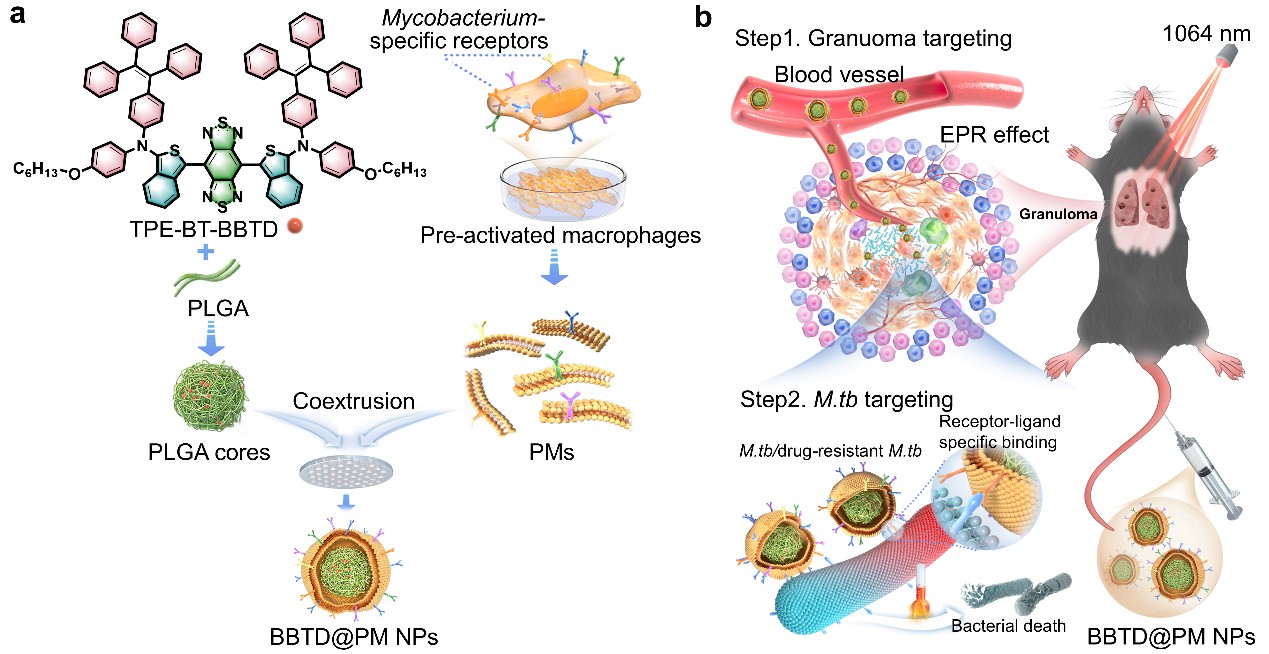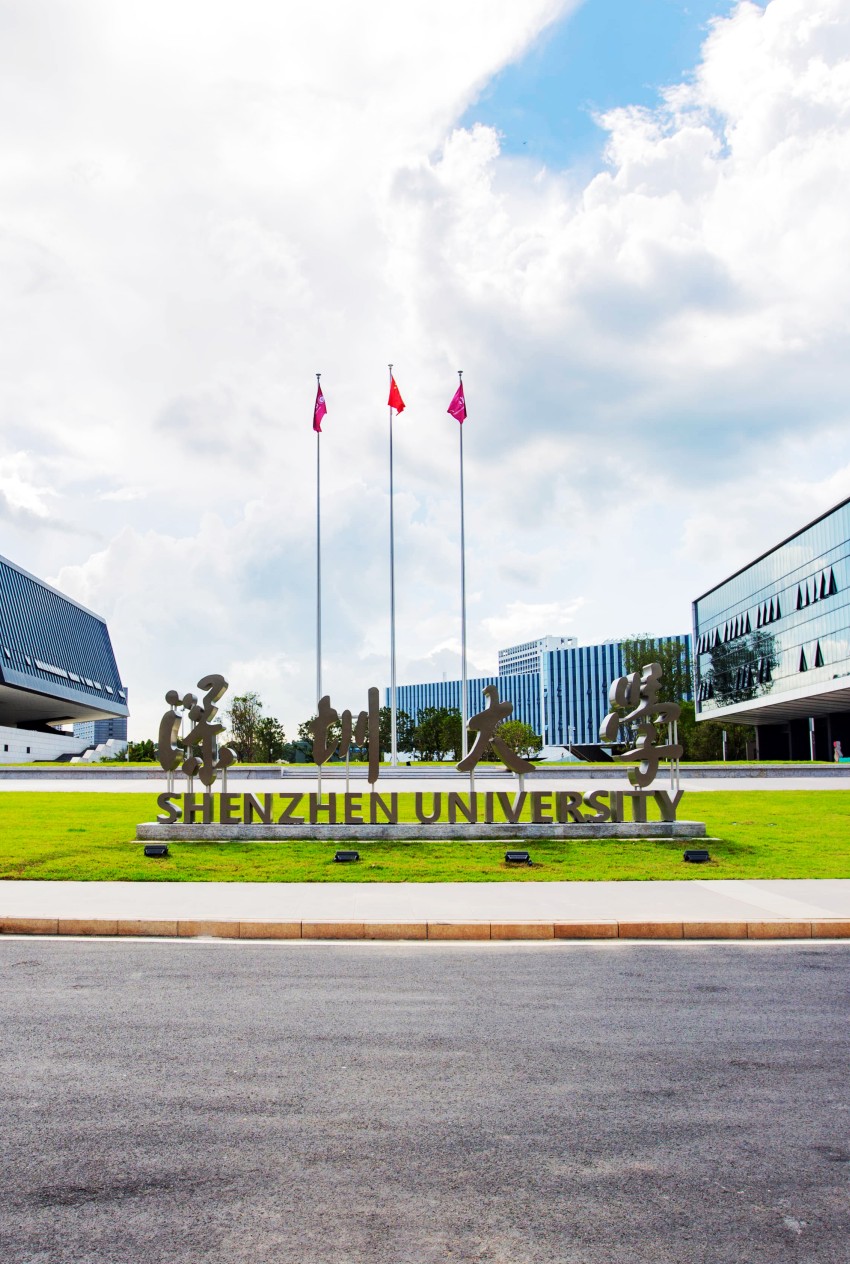Recently, the team led by Wang Dong and Yan Dingyuan from the College of Materials Science and Engineering at Shenzhen University published a paper titled "NIR-II aggregation-induced emission nanoparticles camouflaged with preactivated macrophage membranes for phototheranostics of pulmonary tuberculosis" in the internationally top-tier journalNature Protocols. This work builds upon their 2024 publication inNature Nanotechnology.
Tuberculosis (TB), a deadly airborne disease caused byMycobacterium tuberculosis, continues to pose significant challenges in prevention and treatment. According to the World Health Organization's 2022 report, approximately 2 billion people worldwide are latently infected, with 10 million new cases and 1 million deaths annually. The current standard treatment regimen requires a combination of multiple antibiotics for six months, suffering from prolonged duration and drug resistance. Phototheranostics, an innovative approach integrating diagnostics (e.g., fluorescence imaging, photoacoustic imaging) and therapy (e.g., photodynamic therapy, photothermal therapy), offers a promising alternative for efficient TB management due to its minimal invasiveness, high controllability, and low risk of resistance. Among various phototheranostic platforms, single-component near-infrared-II (NIR-II, 1000–1700 nm) organic nanosystems have garnered significant attention for their simplicity, deep tissue penetration, multifunctional integration, and excellent biodegradability.
This paper details a standardized protocol for the integrated phototheranostics of pulmonary TB using BBTD@PM biomimetic nanoparticles (Figure 1), encompassing the following key steps: (1) synthesis of the NIR-II aggregation-induced emission molecule TPE-BT-BBTD; (2) preactivation of macrophages; (3) extraction and purification of preactivated macrophage membranes; (4) preparation of BBTD@PM biomimetic nanoparticles via co-extrusion; (5) NIR-IIb fluorescence imaging of TB in live mice and imaging-guided photothermal anti-TB therapy. Notably, this NIR-II aggregation-induced emission biomimetic nanoplatform, with high theranostic performance and precise targeting capabilities, can also be extended to the diagnosis and treatment of other pathogen-related diseases.

Figure 1. (a) Schematic of the preparation process for the biomimetic targeting nanoparticle BBTD@PM NPs; (b) Illustration of BBTD@PM NPs for integrated phototheranostics of pulmonary TB in live mice.
Assistant Professor Yan Dingyuan is the sole first author of the paper, with Professor Liao Yuhui from Kunming Medical University, Academician Tang Ben Zhong from The Chinese University of Hong Kong (Shenzhen), and Professor Wang Dong from the College of Materials Science at Shenzhen University serving as corresponding authors. Shenzhen University is the first author and corresponding affiliation.
Paper link: https://www.nature.com/articles/s41596-025-01146-8
